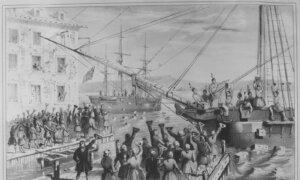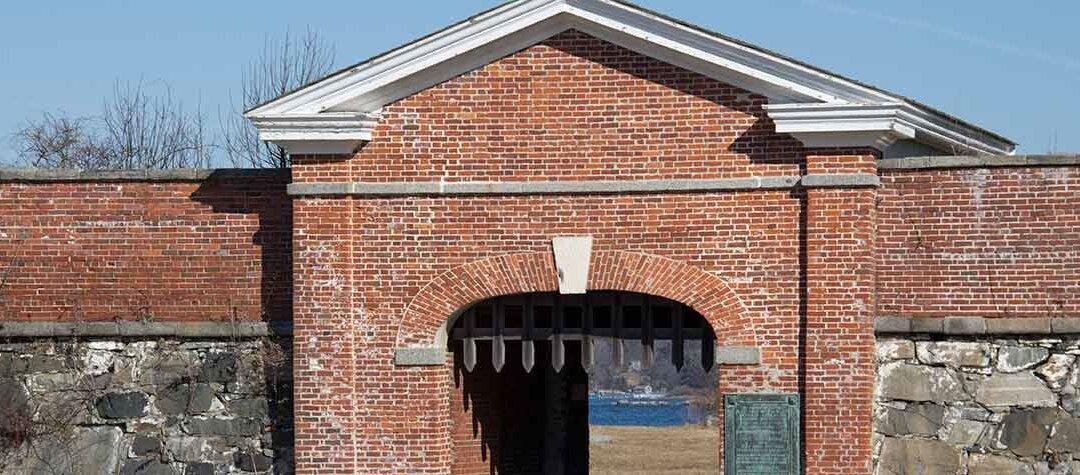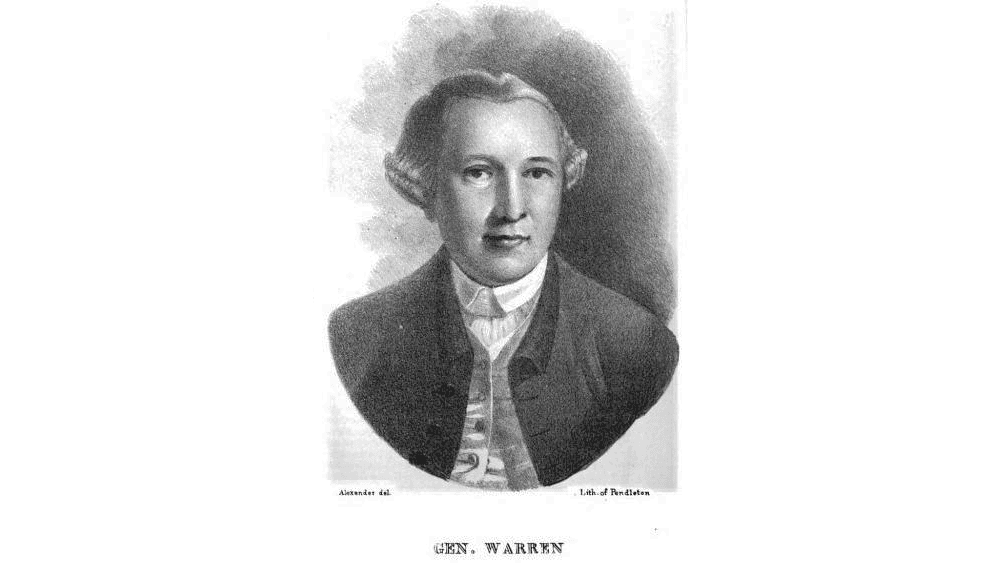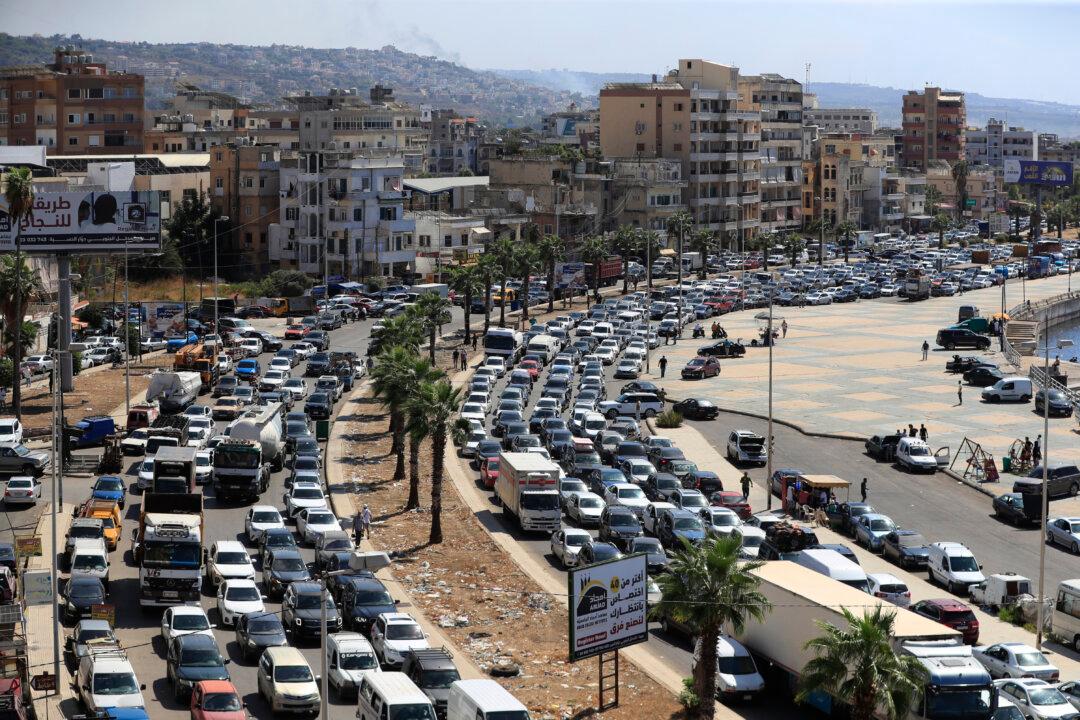On the frigid Sunday of Feb. 26, 1775, British Army Lt. Col. Alexander Leslie waited aboard a transport ship anchored off Homan’s Cove, a secluded beach on Marblehead Neck. He had been there since shortly after noon. Belowdecks, concealed from view to avoid detection, were between 240 and 300 British Regulars (also known as Redcoats), though estimates of their exact number vary.

Lt. Col. Leslie and his men were on a secret mission to march to Salem, four miles away, and seize 19 cannons purchased by militia colonel David Mason. These cannons were hidden at a blacksmith forge owned by militia captain Robert Foster. Loyalist spies had informed British Lt. Gen. Thomas Gage, the military governor of Massachusetts Bay, about the cannons, warning that they were intended for use against his forces.
Lt. Col. Leslie waited for the townspeople of Marblehead to fill the meetinghouses for their afternoon church services before giving the order to disembark. Between 2:00 p.m. and 3:00 p.m., the Regulars landed, quickly formed ranks with fixed bayonets, and marched toward Salem.
Turn Out the Militia! Sound the Alarm!

The attendees bolted from the church as the sexton rang the bell. Bells and drums echoed throughout Salem as militiamen sabotaged the south bridge connecting Salem to Marblehead to slow the approaching Regulars. Others crossed the North River drawbridge to remove the weapons hidden at Capt. Foster’s forge.
Here They Come!
In a show of contempt for the approaching Regulars, the townspeople blocked the road and raised the drawbridge from the opposite side of the channel. Lt. Col. Leslie demanded they clear the way on the King’s Highway and lower the bridge, but the crowd defiantly taunted the Regulars, declaring the highway belonged to them, not the king. Enraged, Leslie was overheard threatening to fire on the crowd if they didn’t comply.Stalemate

A standoff ensued, with the crowd growing in size and continuing their defiance, while the Regulars shivered in the cold. Militiamen arrived from Marblehead, Danvers, Amesbury, and other surrounding towns, positioning themselves around the outnumbered British troops. Despite this predicament, Lt. Col. Leslie remained determined to cross the bridge and search for the guns.
Noticing two large gondolas nearby, Lt. Col. Leslie ordered his men to seize them. Before the Regulars could react, townspeople jumped into the gondolas and began tearing them apart. Joseph Whicher, one of the townsmen, tore open his shirt and dared the Regulars to attack him. One of the provoked Regulars lost his temper and pricked Whicher in the chest with his bayonet. This act further enraged the gathered crowds, now estimated at thousands of people, some who now stood just inches from the Regulars.
Let’s Make a Deal
Realizing the situation was rapidly deteriorating (and also knowing the cannons had been safely removed and hidden away), Rev. Barnard, along with Capt. Felt and Col. Mason, proposed a compromise. They would lower the drawbridge so the Regulars could search for the weapons, but they had to promise not to go beyond 30 rods (less than 500 feet). If no weapons were found, Leslie and his men would immediately leave Salem and return to their ships. Because it was nearing sunset, Leslie reluctantly agreed to the terms.The drawbridge was lowered, allowing Lt. Col. Leslie and his men to cross. From a nearby window, a young nurse named Sarah Tarrant yelled at the Regulars, “Go home and tell your master he sent you on a fool’s errand, and has broken the peace of our Sabbath. ... Do you think we were born in the woods, to be frightened of owls?” A Regular, fed up with the verbal abuse, pointed his musket at her. Tarrant dared him to shoot, saying, “Fire, if you have the courage, but I doubt it.” The Regular lowered his musket without firing.
Aftermath
News of the confrontation spread across both sides of the Atlantic. British Member of Parliament Edmund Burke remarked, “Thus ended their first expedition, without effect and happily without mischief. Enough appeared to show on what a slender thread the peace of the Empire hung, and that the least exertion of the military power would certainly bring things to extremities.”







